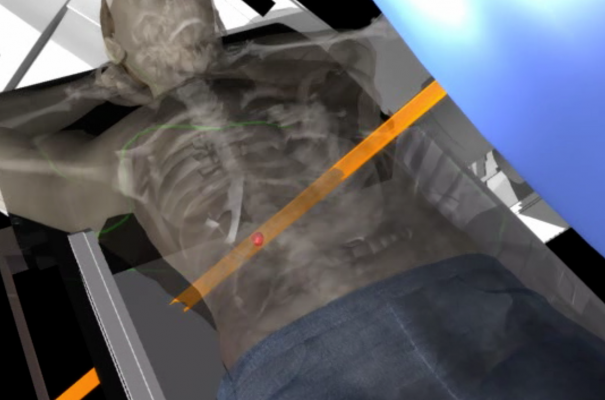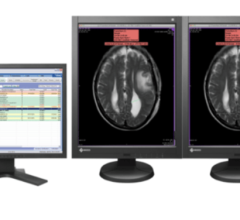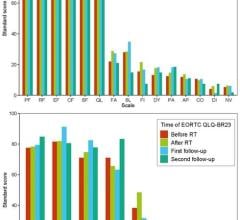
March 3, 2016 —Nancy Turner, M.D., a Texas A&M University AgriLife Research scientist, was one of a team of researchers who recently studied different interventions to protect from radiation-induced bone loss.
Their paper, "Dried Plum Protects from Bone Loss Caused by Iodizing Radiation," was recently published in Scientific Reports.
Other institutions involved in the study were the Bone and Signaling Laboratory of NASA's Ames Research Center, the Department of Radiation Oncology at the University of California-Irvine and the Division of Endocrinology at the University of California-San Francisco.
The study showed consuming dried plums can protect from ionizing radiation that increases oxidative damage in skeletal tissues and results in an imbalance in bone remodeling.
Reduced bone density and osteoporosis are major health conditions affecting millions of people across the world, and osteoporotic patients are increasing with an aging population, said Turner, a research professor in the department of nutrition and food science.
"Bone loss caused by ionizing radiation is a potential health concern for those in occupations or in situations that expose them to radiation," she said. "This is relevant to not only astronauts in space, but also cancer patients, those undergoing radiotherapy, radiation workers and victims of nuclear accidents.
"The changes in remodeling activity caused by exposure to radiation can lead to impaired skeletal integrity and fragility both in animals and human radiotherapy patients," Turner said.
The team investigated interventions they hypothesized might prevent bone damage and oxidative stress-related factors leading to cancellous bone loss, also known as "spongy bone," from exposure to both low linear energy transfer and high linear energy transfer radiation.
"We evaluated different interventions with antioxidant or anti-inflammatory properties, including an antioxidant cocktail, dihydrolipoic acid, ibuprofen and dried plum, to determine their ability to prevent bone loss and to blunt the expression of genes in marrow cells that lead to the breakdown of bone after irradiation with either gamma rays or simulated space radiation."
The researchers tested mice using the different interventions and exposing them to ionizing radiation.
"Bone loss caused by ionizing radiation occurs quite rapidly in rodents," Turner said. "The interventions were evaluated first by using early gene expression markers and then were tested for their ability to prevent radiation-induced bone loss."
She said of the interventions tested, dried plum was most effective in reducing the expression of genes related to the breakdown of bone and preventing the spongy bone effect caused by irradiation with either photons or heavy ions.
"Dried plums contain biologically active components that may provide effective interventions for loss of structural integrity caused by radiotherapy or unavoidable exposure to space radiation incurred over long-duration spaceflight," she said. "From this study, we can conclude that inclusion of dried plums in the diet may prevent the skeletal effects of radiation exposures either in space or here on Earth."
Turner noted purified dried plums contain various bioactive compounds, including polyphenols that are known for their high antioxidant and anti-inflammatory properties.
For more information: www.nature.com/srep


 April 17, 2024
April 17, 2024 








